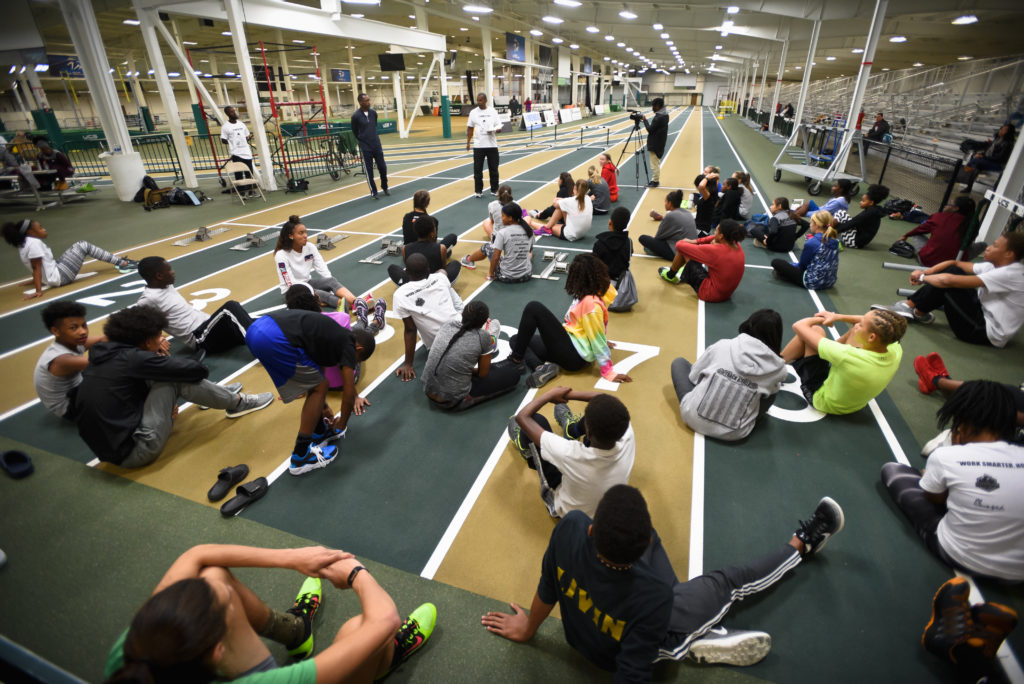November 19, 2017
Well it’s been a week since the inaugural Team Steve Speed & Hurdle Camp concluded, and because of a busy work week and overall exhaustion, I am finally getting around to putting together some thoughts as I look back on the camp.
First off, the camp was a huge success, and I would go so far as to say that it was one of the most fulfilling, gratifying experiences of my life. With a total of 47 campers converging on the JDL Fast Track in Winston Salem NC, we had plenty of campers from in-state and from nearby South Carolina, but we also had campers come from far-away states like Virginia, Maryland, Pennsylvania, New Jersey, Ohio, Illinois, and Colorado. What I most enjoyed was watching the campers interact with each other, learn from each other, grow together, and bond with each other. Despite the fact that the campers might have known no one, or just a few people, prior to coming to the camp, they left having made many friends and feeling like part of a family.
I want to thank everyone who made this happen, as there is no way I could have done it on my own. First I want to thank Craig Longhurst and his staff at JDL Fast Track for hosting the event and accommodating all of our needs.

